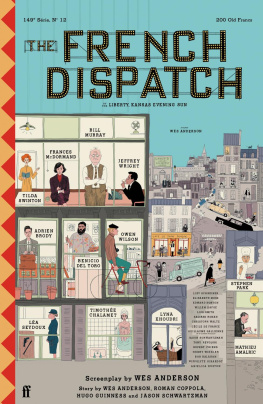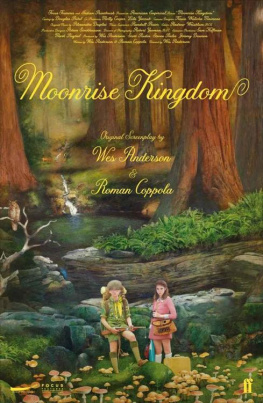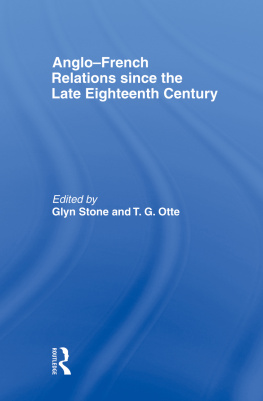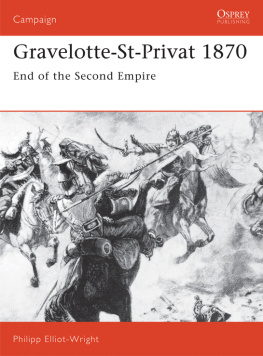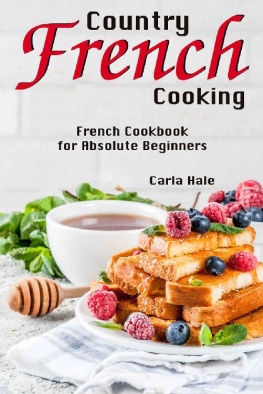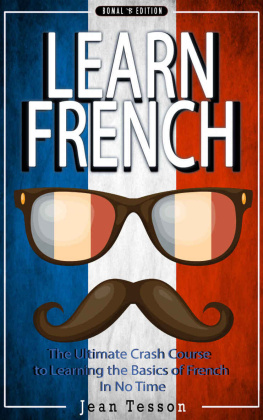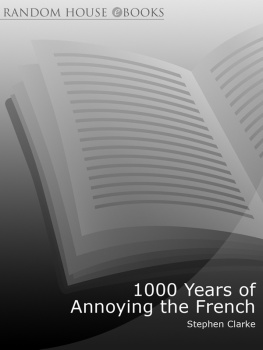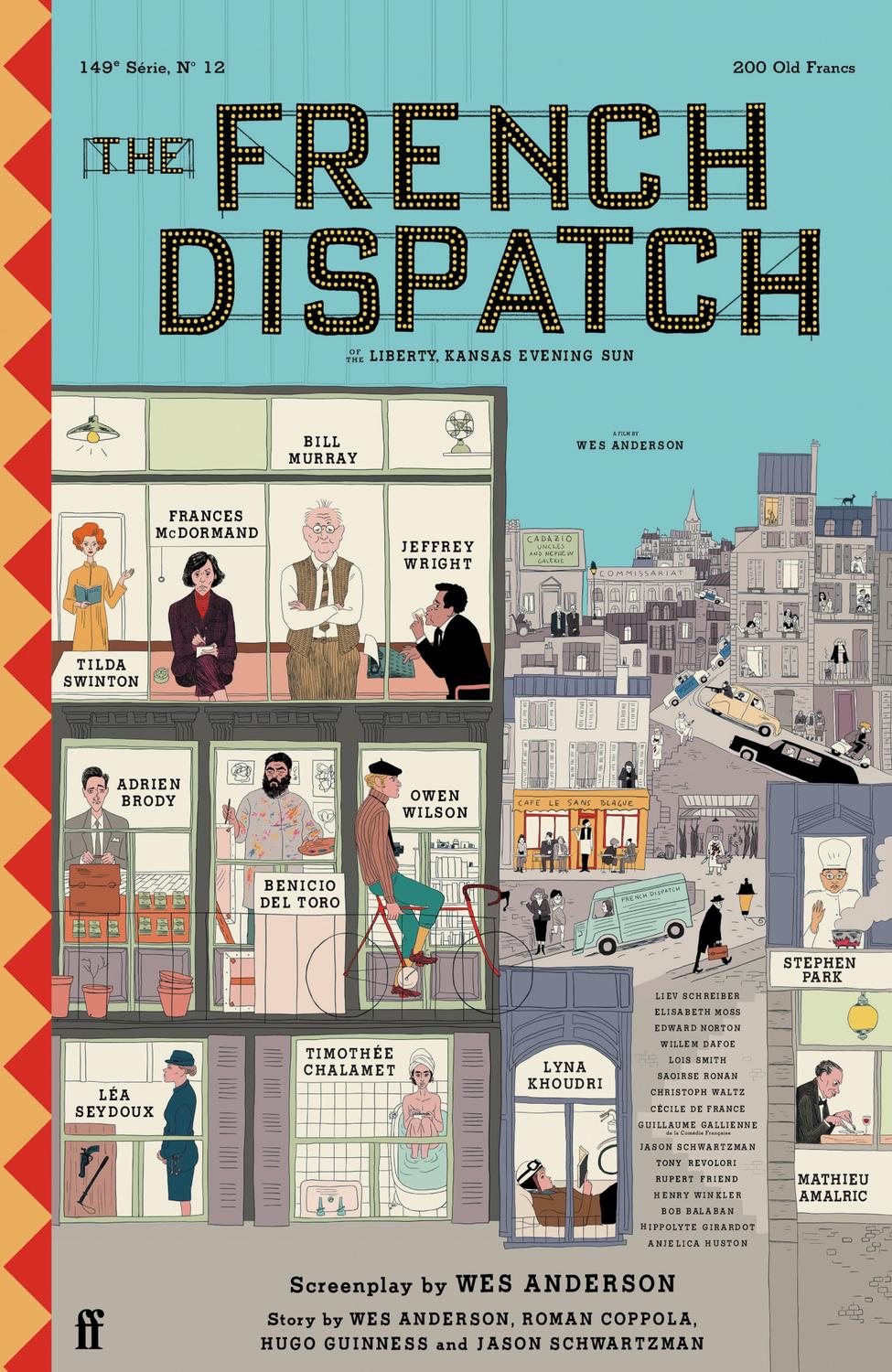vii
Nine or Ten Things I Wanted to Know
about The French Dispatch
A conversation between
Wes Anderson and Walter Donohue
1 Where and when was the seed of the film planted? (Meaning, your interest in a literary journal as the basis for a movie.)
In Texas, when I was a teenager. Reading the New Yorker magazine in my school library and wondering what they were talking about.
It has been on the back burner for years and years, though, because I wasnt really coming up with any ideas for something that might actually happen at a magazine. But then I started thinking maybe the magazine in the movie might be more like a container for stories on other subjects. Which is what a magazine is, I suppose.
2 Where did the adventure begin? (Writing the movie.)
The story for this one I worked out with Roman Coppola, Hugo Guinness, and Jason Schwartzman. Hugo and I spent more time on the one about the painter. Roman and Jason and I wrote the one about the chef when we were in Italy. We all know Bill Murray, so we all had him in mind for Howitzer from the start. We figured out the Sazerac story (with Owen Wilson) at a wonderful old hotel in Rhode Island. On the seashore in winter.
3 Are there precedents for this kind of portmanteau film that you had in mind from the start? (Is it cinematic to make a movie that is actually several movies? Or is it more like television in the end?)
The very best (to me) of the anthology-type movies are the ones that were made by one director. I like some of the individual shorts in the sixties omnibus films like the Fellini short in the Poe collection (Toby Dammit in Spirits of the Dead) or the Pollet story in Paris vu par . But my real favorites are: Vittorio De Sicas The Gold of Naples and Max Ophls Le Plaisir.
I dont really know if it makes them more like TV episodes, but hopefully if your episodes are good enough, it doesnt necessarily make any difference? viii
4 A friend of mine is a painter and Ive watched as the final abstract work has slowly emerged from a figurative representation. Is this why Simone is so essential to Rosenthalers work?
The character of Simone in our story is sort of the crucial figure. Without her, nothing happens. The wisdom and the direction all comes from Simone.
5 Can you describe how you and Sandro Kopp worked together to create the paintings? How did you find the words to articulate something that was abstract?
I think I just sort of looked at what he did and tried to help him keep working on it. Step by step. Sometimes it helps to just have somebody there to say, Try this. Because it might lead in any direction. I love what Sandro made for our story. He was good casting, I think.
He was also Tony Revoloris right hand. Literally. For all the shots of the young Moses Rosenthaler painting pictures, Sandros arm is reaching into the frame, replacing Tonys.
6 Would the impact of the paintings have been the same if the story had been shot in color?
It was the Emile de Antonio movie Painters Painting which I love that sug gested to me the idea to shoot only the paintings in color. Because he did that. I think, in his case, it might have been to save money on film stock for the interview parts of his film but it is a beautiful effect. And it is such an interesting movie.
ALSO: Brian De Palmas short documentary of an opening of op art at the Museum of Modern Art The Responsive Eye in the mid-sixties. I love it, too.
7 What was it about May 68 that made you choose that time as the context of the second story? Is it a product of all the time youve spent in Paris? Is there a personal connection?
Mavis Gallant. That was the inspiration. Her experience of May 68 as a foreigner in Montparnasse: that especially engaged me. Our apartment in Paris is less than a block from where she lived, and I love her descriptions of the neighborhood. I love her voice and her analysis in general: clear, sharp, sometimes even bluntly judgemental but with deep feeling and understanding. She listens, and her opinions are her own. She sees the young people not how they see themselves, not how their parents see them. She is amused, annoyed, rolls her eyes, and really does love and admire them.
ix 8 How did the actual menu for the kidnappers supper emerge? (Im not eating radishes anymore.)
I think, maybe, it is all a kind of twist on A. J. Liebling but for the police.
9 How did you devise the arrangement of the dishes so as to justify Nescaffiers reputation as a chef par excellence?
This was really Romans area. He worked on each shot, each dish, to make it come to life. Our food is a bit conceptual. His cooking is more like pyrotechnics.
10 What is your favorite newsroom movie?
His Girl Friday. One of my favorites.
BUT: we also love Lewis Milestones The Front Page which, as you know, remakes it in advance.

